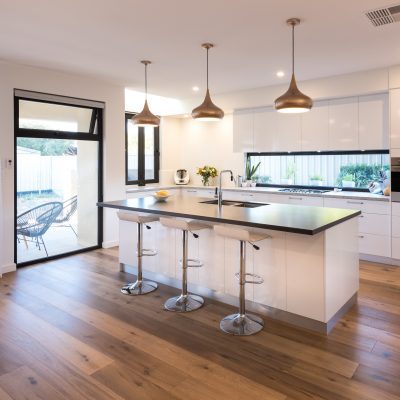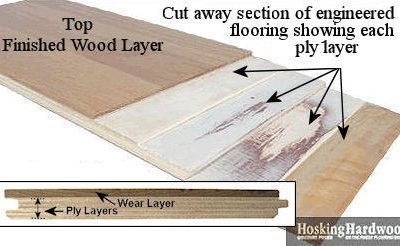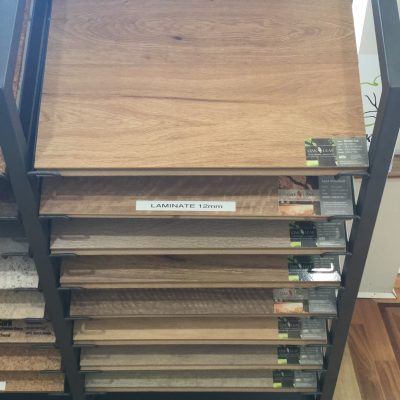Apples & Apples
March 24, 2022
Are all Floating Floors the same? The short answer to this question is no! Many assume floating floors are all laminate and never timber. At PFC we install both timber
Are all Floating Floors the same? The short answer to this question is no! Many assume floating floors are all laminate and never timber. At PFC we install both timber
The short answer to this question is no!
Many assume floating floors are all laminate and never timber. At PFC we install both timber and laminate using the floating installation process.

To stop any confusion many in the flooring industry refer to timber floating floors as Engineered timber floors.
Q. Are all Brands of Floating floors the same?
A. No, like anything else you purchase, there can be big differences in quality.
Not all engineered floors are alike. Customers come to our showroom and ask about the cost of an “average floor”. We pride ourselves on being better than average, therefore we use better-than-average products.
We recommend that an engineered floor has a minimum of 3mm wear layer (the thickness of the solid timber top).

Most of our floors have a 4mm or 6mm wear layer.
Engineered floors, unlike laminate, allow for sanding & polishing up to 2 to 3 times, with a light buff and top coats.
Engineered timber floors can last up to a lifetime. Like all timber floors, they do require care and maintenance

Let’s discuss Laminate
Laminate flooring simulates wood with a photographic applique layer under a clear protective layer. Companies use various techniques and sometimes you can pick the pattern or repeat.
Not all Laminate is alike either, however, the Laminate flooring that we supply and install is a type of floating floor. We supply and install a range called OakLeaf wide plank Laminate. If you look at Oakleaf Laminate it is very hard to find the pattern, making it appear more like the timber it is representing.
It is “floated” – meaning without glue and requires a minimum of a 2mm acoustic underlay.